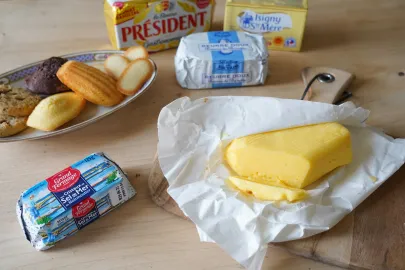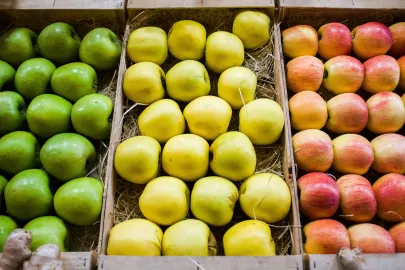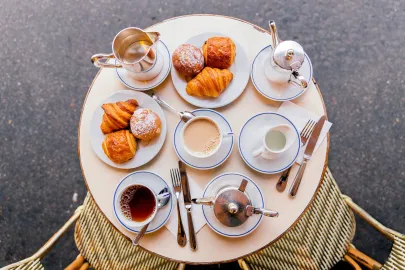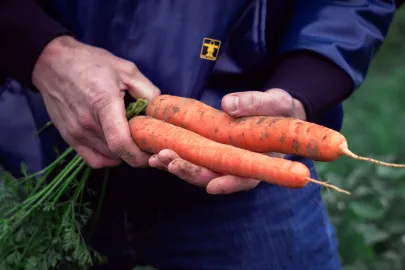While it began as a chocolate-making movement in the United States in the early 1990s, the focus on bean-to-bar has been adopted by artisan chocolatiers around the world since the mid 2000s, including in France. What’s behind its popularity?

Quite simply, bean-to-bar is the decision to develop products from a high-quality cacao bean that craft chocolate makers have sought out and carefully selected by visiting the farms where the beans are grown. Then, they roast and grind the beans themselves before turning them into chocolate bars and other chocolate products. Some have compared it to the natural wine where ethics and flavor profiles drive the movement.
The origins of bean-to-bar
You might be wondering: how could a movement that emphasizes working from high-quality, fair trade chocolate straight from the cacao bean develop in the United States before it develops in France? Particularly as France has a storied history in the culinary arts and a sacrosanct devotion to provenance and top-quality ingredients… The tradition in France, much like in Switzerland and Belgium, is couverture (covering), where chocolatiers work from bars sourced from companies such as Valrhona, making the bean-to-bar approach more of a rarity. However, it just so happens that one of the earliest bean-to-bar chocolate companies to inspire the boom in the United States is… French. Robert Steinberg, co-founder of the San Francisco-based Scharffen Berger which launched in 1996, had studied at Bernachon, a family-run chocolate shop in Lyon that began transforming cacao beans from the moment they opened for business in 1953. That two-week internship in 1993 was the spark that inspired Steinberg to create his own operation to introduce the complexities of chocolate to an American audience. The venture took off quickly, inspiring existing chocolate makers to revamp their production and a new wave of small bean-to-bar producers across the country. If the movement became a veritable trend in the United States, it was largely as a reaction to American industrial chocolate conglomerates and a desire to revive old-world confectionery traditions.
The movement swings back to France
As bean-to-bar became a popular discussion in food magazines and industry circles, some French craft chocolate makers realized there was an opportunity to harness the technique and talk about it with consumers more openly. Others decided to venture into the business for the first time. Family-run heritage companies such as Bernachon, À la Mère de Famille, and Maison Bonnat that have always worked from cacao beans have been joined by newcomers such as Alain Ducasse, whose bean-to-bar atelier is set up in the 11th arrondissement of Paris, and Plaq, the latest independent craft chocolate operation. Founded by Sandra Mielenhausen et Nicolas Rozier-Chabert, the duo trained in Venezuela with Chloé Doutre-Roussel, world-renowned cacao bean expert, before setting up a workshop-boutique in the 2nd arrondissement. Today, they source their cacao beans with Doutre-Roussel’s guidance from Venezuela, Peru, and Belize. Their chocolatiers set aside those that are damaged and collect the others to be roasted, ground, mixed with organic cane sugar, and left to mature. The chocolate is then melted and transformed into bars or into a variety of pastries, from cookies to cakes, and drinks like chocolate infusions and hot chocolate shots. Ready to taste the difference?
Contributor

Editor












